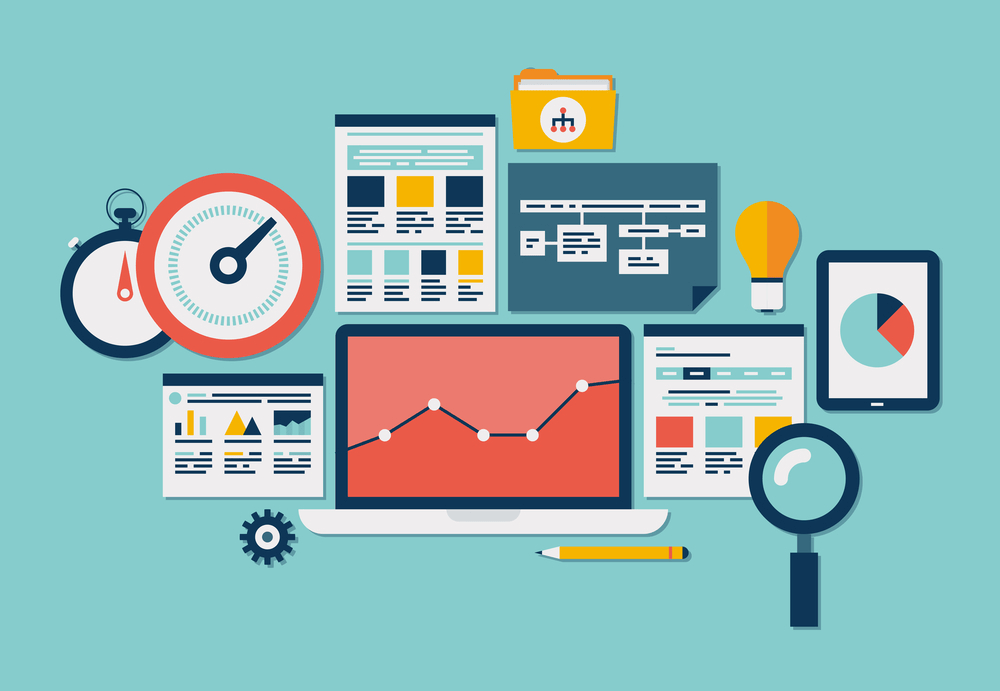Collecting data is essential for understanding your customer and segmenting them effectively. However, collecting data from a variety of sources can be difficult and time-consuming. In this blog post, we will discuss five ways to easily collect data from any source. We will also provide insights and trends from your customer data that you can use to improve your business!
What Is Segmentation and Why Is It Important for Businesses?
Segmentation is the process of dividing a market into smaller groups, based on shared characteristics. Segmentation allows businesses to target specific groups of customers with tailored products, services, and marketing messages.
Effective segmentation requires customer data. This data can be collected from a variety of sources, including surveys, customer feedback forms, website analytics tools, and social media listening platforms.
Top 5 Ways To Collect Customer Data.
There are many ways businesses can collect customer data. The most common methods include surveys, customer feedback forms, website analytics tools, and social media listening platforms. Now, let’s go over why:
Surveys.
Surveys are one of the most popular methods for collecting customer data. They can be conducted online or in person, and they allow businesses to gather information about customer demographics, preferences, needs and wants.
Customer Feedback Forms.
Customer feedback forms are another great way to collect customer data. These forms can be used to gather feedback about a product or service, and they can also be used to segment customers based on their responses.
Website Analytics Tools.
Website analytics tools, such as Google Analytics, are a valuable source of customer data. These tools track website visitors and their interactions with the site, providing insights into customer behavior.
Social Media Listening Platforms.
Social media listening platforms, such as Hootsuite Insights, help businesses track conversations about their brand on social media. This type of platform can be used to segment customers based on their social media activity.
Customer Data Platforms.
Customer data platforms (CDPs) offer a centralized repository for customer data. CDPs collect data from multiple sources and provide businesses with a single view of the customer. This type of platform can be used for segmentation, as well as other data-driven marketing initiatives.
Utilizing CDPs and Segmentation Software.
When it comes to segmenting customers, there are several different software options available. Segment is one of the most popular segmentation tools, but there are also some other customer data platforms (CDPs) available.
Some of the most popular CDPs include Salesforce Customer 360, Adobe Audience Manager, and IBM Watson Marketing. If you’re looking for a CDP that offers segmentation capabilities, be sure to check out the Segment platform. Segment is a popular segmentation tool because it offers a variety of features and benefits, including:
- Segmentation by demographic criteria, such as age, gender, and location
- Segmentation by behavioral criteria, such as purchase history and engagement level
- The ability to target customers with tailored messages based on their segmentation criteria
- A user-friendly interface that makes segmentation easy and intuitive
If you’re looking for a segmentation tool that offers all of these features and more, be sure to check out Segment or the various other software alternatives. By segmenting your customer base, you can easily target specific groups of customers with tailored products, services, and marketing messages. Customer segmentation is a powerful marketing tool that can be used to improve your business in many ways.
How Can You Use Customer Data Analysis To Improve Your Business?
Once you have collected customer data, it’s important to analyze it to identify trends and insights. This information can be used to improve your segmentation strategy, as well as other aspects of your business. Here are some ways you can utilize customer data analysis to improve your business:
- Review segmentation strategies regularly. As your business grows and changes, so too should your segmentation strategy. Use customer data analysis to identify new segments or make adjustments to existing ones.
- Create targeted marketing campaigns. By segmenting customers based on their demographics, preferences, and needs, you can create marketing campaigns that are more likely to resonate with them.
- Improve the customer experience. By understanding how customers interact with your business, you can make changes to improve the customer experience. This could include making changes to your website, modifying your product offerings, or changing the way you communicate with customers.
- Make informed business decisions. Customer data can be used to make informed decisions about a variety of business topics, including product development, marketing, and sales.
In Conclusion.
So there you have it. Five easy ways to collect segment alternatives from any source along with some tips on how to use this valuable customer data once you have it. There are several ways to collect customer data, and each has its advantages.
However, the best method for collecting customer data will vary depending on your business needs. In doing so, they can improve many aspects including customer satisfaction and loyalty. As always, thank you for reading. Let us know if you have any questions in the comments below!
The Editorial Team at Healthcare Business Today is made up of skilled healthcare writers and experts, led by our managing editor, Daniel Casciato, who has over 25 years of experience in healthcare writing. Since 1998, we have produced compelling and informative content for numerous publications, establishing ourselves as a trusted resource for health and wellness information. We offer readers access to fresh health, medicine, science, and technology developments and the latest in patient news, emphasizing how these developments affect our lives.








